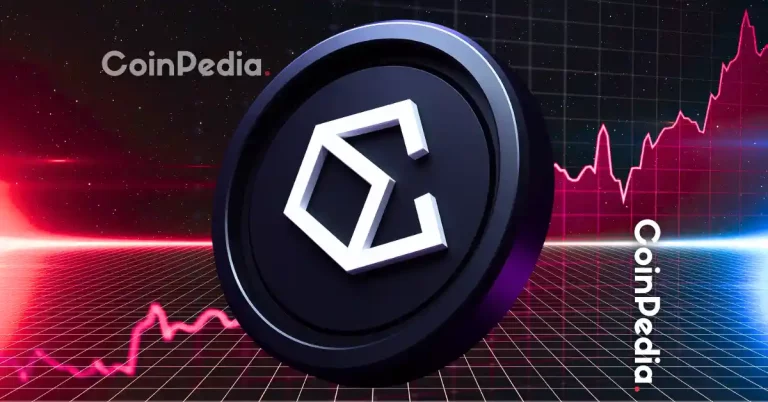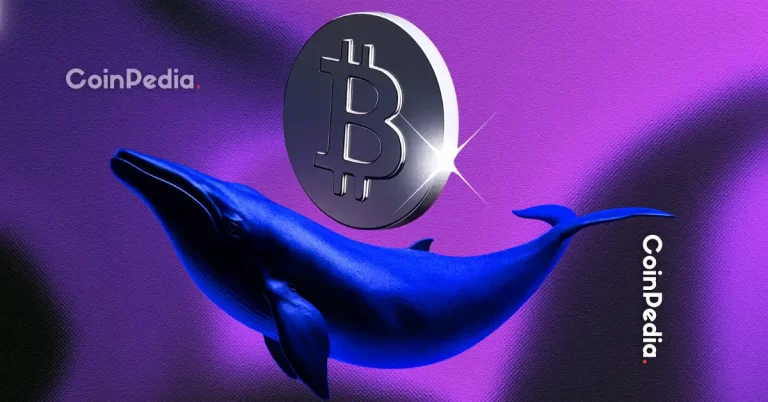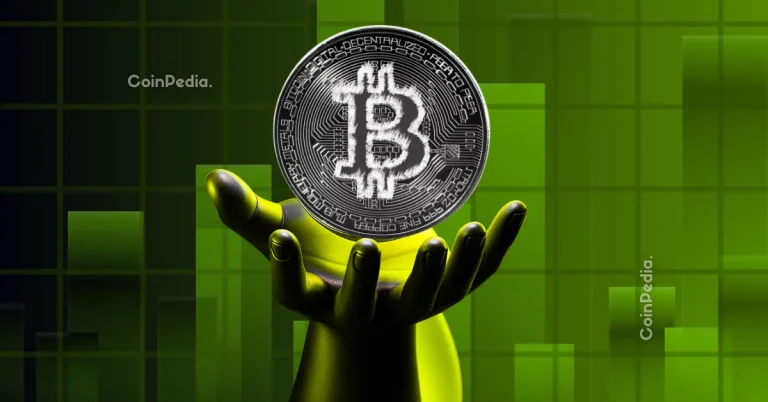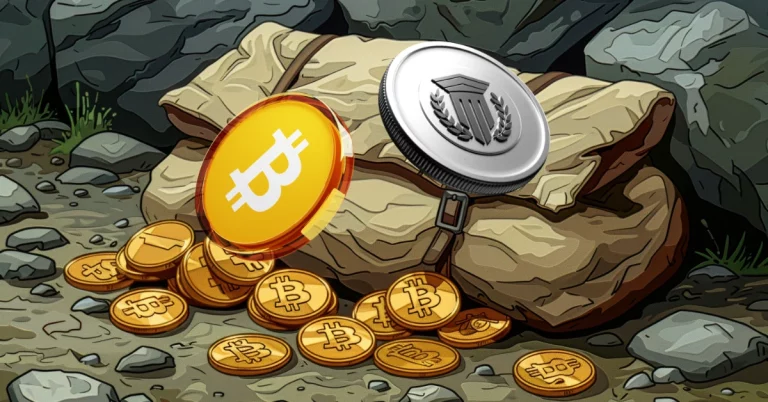
The Evolution of E-commerce by 2025: Trends and Innovations
E-commerce, or electronic commerce, refers to the buying and selling of goods and services over the internet. The e-commerce industry has experienced rapid growth over the past decade, and this trend is expected to continue by 2025. In this article, we will explore the evolution of e-commerce, current trends, and innovations that will shape the industry in the future.
Introduction to E-commerce

The concept of e-commerce emerged in the 1960s, but it wasn’t until the 1990s that the industry started to gain momentum. The widespread adoption of the internet, the development of secure payment systems, and the rise of online marketplaces such as Amazon and eBay facilitated the growth of e-commerce. Today, e-commerce is a global phenomenon, with millions of online stores and marketplaces operating worldwide.
Current Trends in E-commerce

Several trends are currently shaping the e-commerce industry. Some of the most notable trends include:
- M-commerce: The use of mobile devices to make online purchases is becoming increasingly popular. Mobile commerce, or m-commerce, accounts for a significant percentage of e-commerce sales.
- Social Commerce: Social media platforms such as Facebook, Instagram, and Pinterest are being used by businesses to sell products and services directly to consumers.
- Artificial Intelligence: AI is being used in e-commerce to personalize the shopping experience, improve customer service, and optimize logistics and supply chain management.
- Sustainable E-commerce: Consumers are becoming increasingly environmentally conscious, and e-commerce businesses are responding by adopting sustainable practices such as reducing packaging waste and using eco-friendly materials.
Innovations in E-commerce

Several innovations are expected to shape the future of e-commerce. Some of the most notable innovations include:
- Augmented Reality: AR technology is being used in e-commerce to create immersive shopping experiences, allowing customers to try out products virtually before making a purchase.
- Virtual Reality: VR technology is being used in e-commerce to create immersive shopping experiences, allowing customers to explore products and environments in a virtual world.
- Blockchain: Blockchain technology is being used in e-commerce to improve security, transparency, and accountability. Blockchain-based systems can help to prevent counterfeiting, ensure authenticity, and facilitate secure payments.
- Internet of Things (IoT): The IoT is being used in e-commerce to create smart supply chains, optimize logistics, and improve customer service. IoT devices such as sensors and RFID tags can help to track inventory, monitor shipping, and predict demand.
Future of E-commerce

The future of e-commerce is exciting and uncertain. As technology continues to evolve, we can expect to see new trends and innovations emerge. Some of the most notable predictions for the future of e-commerce include:
- Increased Use of AI and Automation: AI and automation will continue to play a major role in e-commerce, improving efficiency, reducing costs, and enhancing the customer experience.
- Rise of Social Commerce: Social commerce will continue to grow, with social media platforms becoming increasingly important for businesses to reach and engage with customers.
- Growing Importance of Sustainability: Sustainability will become increasingly important in e-commerce, with consumers expecting businesses to adopt environmentally friendly practices and reduce their carbon footprint.
- Expansion of M-commerce: M-commerce will continue to grow, with mobile devices becoming the primary means of accessing the internet and making online purchases.
In conclusion, the evolution of e-commerce by 2025 will be shaped by trends and innovations such as AI, social commerce, sustainability, and m-commerce. As technology continues to evolve, we can expect to see new trends and innovations emerge, changing the way we shop and interact with businesses online.




